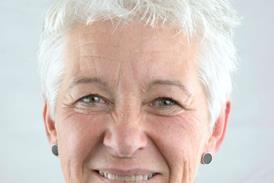On 24th July 1967 Princess Alexandra came to St Christopher’s Hospice in Sydenham to perform the official opening ceremony.
Cicely Saunders, initially a nurse at St Thomas’, later training there as a doctor, pioneered better terminal care and began to investigate terminal pain and its relief. New drugs, which complemented the traditional opiates, had become available. The hospice was supported by the Borough of Bromley, the City Parochial Foundation, the BBC Week’s Good Cause, the Drapers Company, the King’s Fund and the Nuffield Foundation.
The hospice movement inherited the long-standing charitable tradition in health care. It treated each patient as an individual, was prepared to look death squarely in the face and to encourage the dying and their families to do the same. Only by facing difficulties honestly could the problems and the fear of death be overcome. Controlling pain by large, regular and fully adequate doses of opiates, relieving unpleasant symptoms and providing strong emotional support allowed death to be natural and dignified.
The idea slowly spread. From the start the hospice movement, though voluntary, worked closely with local NHS services to improve quality of care, and co-operated with primary care to raise standards of care for terminally ill people. Consultant posts in palliative care, and training positions, were progressively established. Specialist nurses were appointed in the community, for example the Marie Curie and Macmillan nurses who gave supportive care to people with cancer and their families. The hospice movement had a lesson to teach the health service about the limitations of technology in medicine and patient care. The Liverpool Pathway is, in some senses, one of its continuing bequests to us.
For a fuller account of the events, see www.nhshistory.net























No comments yet